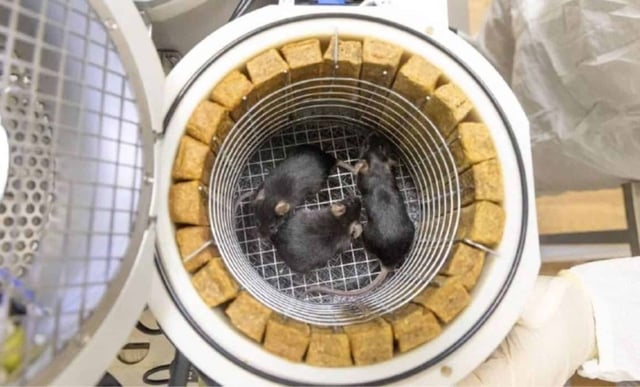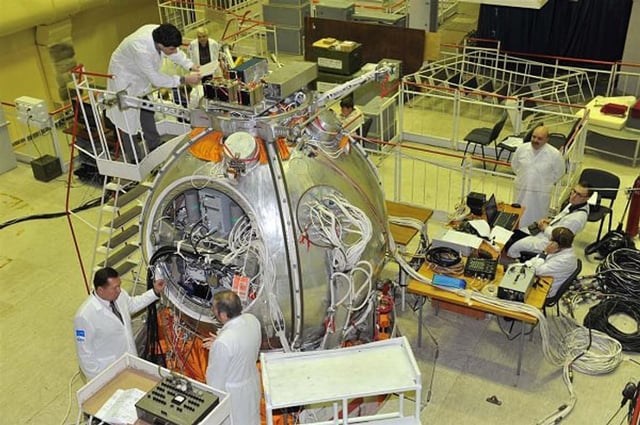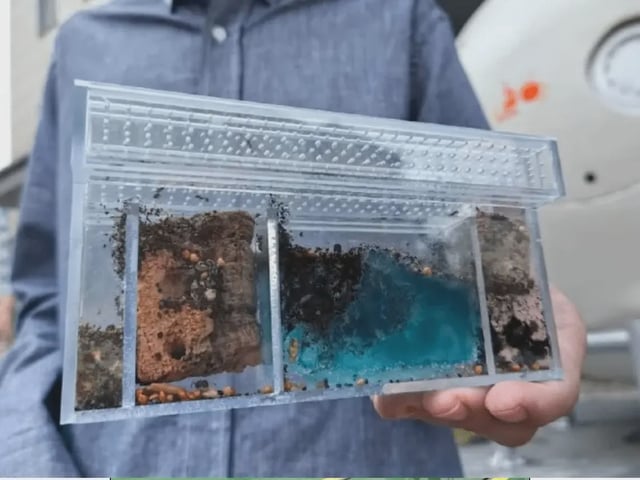Overview
- The mission is set to launch on August 20 from Baikonur Cosmodrome aboard a Soyuz-2.1b rocket.
- It carries 75 mice, over 1,000 fruit flies, cell cultures, microorganisms, plant seeds and lunar dust and rock simulants.
- The spacecraft will enter a near-polar orbit with roughly 97° inclination to boost cosmic radiation exposure by about tenfold compared to the 2013 flight.
- Mice are divided into Earth baseline, ground-simulated control and orbital groups and will be tracked by feeding, lighting, ventilation, waste systems, cameras, sensors and implanted chips.
- Researchers expect data from biological experiments and material testing to advance space medicine for long-duration missions and guide future lunar construction.



